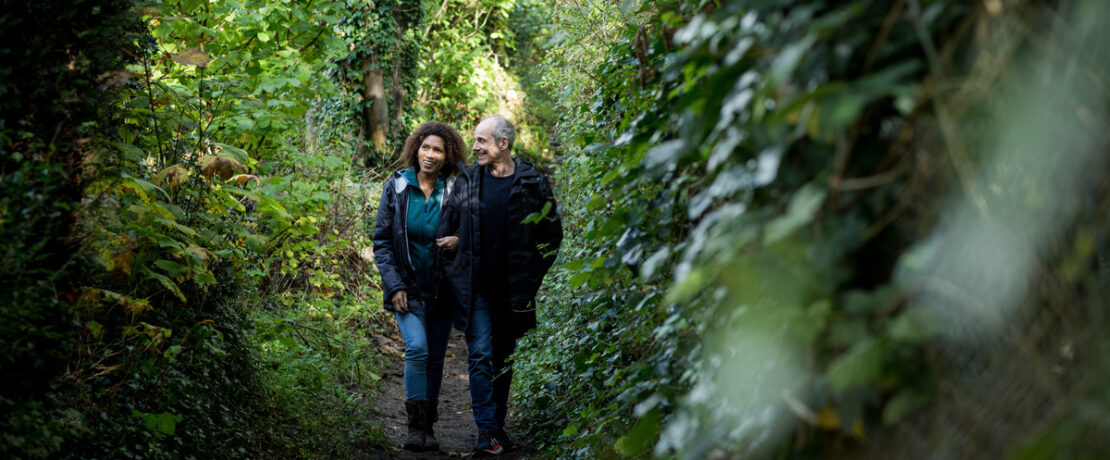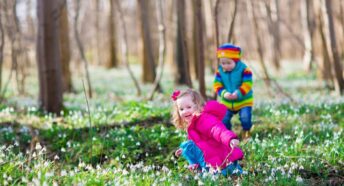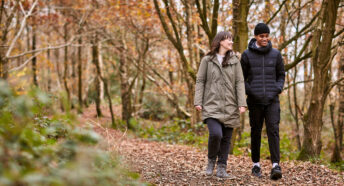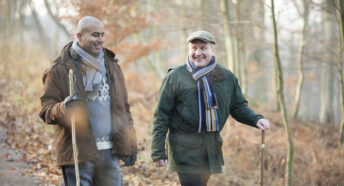Coming to the countryside near you: wildlife in September
The equinox falls on the 23rd of the month, marking the end of the summer and the beginning of autumn. Most trees begin to prepare for winter, redirecting their chlorophyll intake, causing their leaves to change colour and fall.
The farms are still busy; ploughing gets underway, the last of the harvest is taken in and the winter crops will be sewn. Blackberries are baked into crumbles and jams, sloes into gin and elderberries into cordial and wine. The last of the house martins and swallows leave the skies for warmer climes. The bracken on the heathland becomes bronzed as autumn settles in across the landscape.
Red deer
In September, the velveteen that has been growing on the antlers of red deer since May is rubbed off to reveal sturdy bone. The males prepare for the ‘rut’ to begin. Lasting nearly two months, the red deer rut is when males fight for territory, and dominance – and to display their strength to the females.
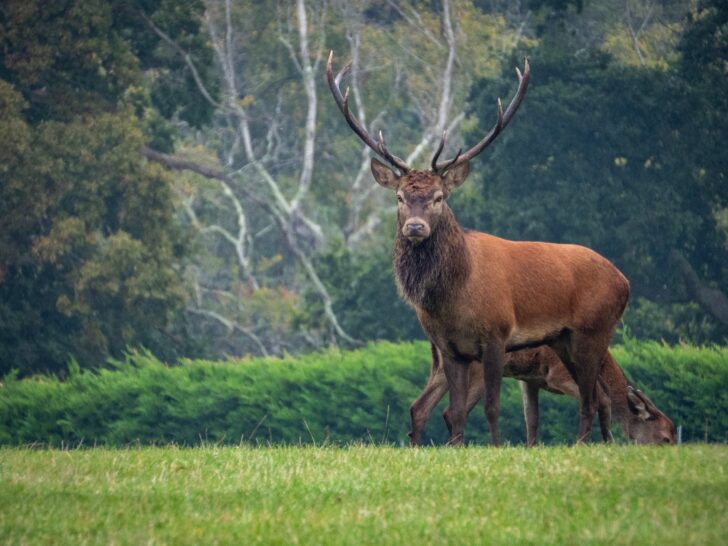
Males will ‘parallel walk’, trotting alongside each other in a hostile manner, sizing each other up. They stamp, bellow and roar, and in some cases, this is enough to put one of them off, however, if dominance has not been asserted then they will lock antlers, using their power to push and hit each other in a fierce battle that often ends in bloodshed. The winner will have access to the harem of females, mating with all of them.
Ruts tend to be most active at dawn and dusk, so to observe a rut you will need to be there at the right time. Remember, watching a rut can be an incredible experience, but make sure you keep your distance at all times.
Red admiral
We tend to associate butterflies with spring and summer; however, some will still be on the wing into the autumn. The red admiral is one of our most common garden butterflies, its large, black wings with orange stripes and white spots making it instantly recognisable.
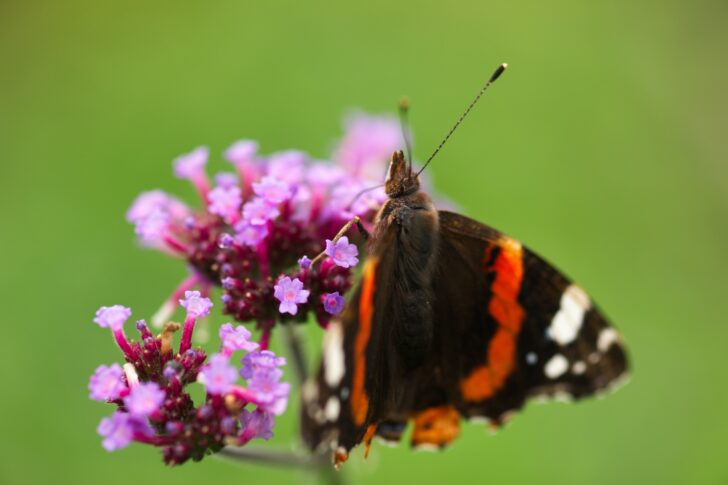
Red admirals arrive in the UK in the spring from North Africa and continental Europe to breed, laying their eggs on stinging nettles. They hang around for a lot longer than many other species (as late as November) and some will remain for the winter. In September they are still happily on the wing, feeding on rotting fruit that clings to bushes or lays beneath trees.
Red admirals are increasing in population, and with the right plants you are likely to get a visit, so try adding buddleia and nettles to your garden can encourage them and leave fruit to overripen to keep them around for the autumn months.
Boletes
Autumn is the season of fungi and hunting for them can be lots of fun. Boletes are a chunky family of mushrooms, with pores and tubes instead of the typical gills, and their name is thought to derive from the Greek for ‘lump’ or ‘clod’ – which seem like fitting adjectives.
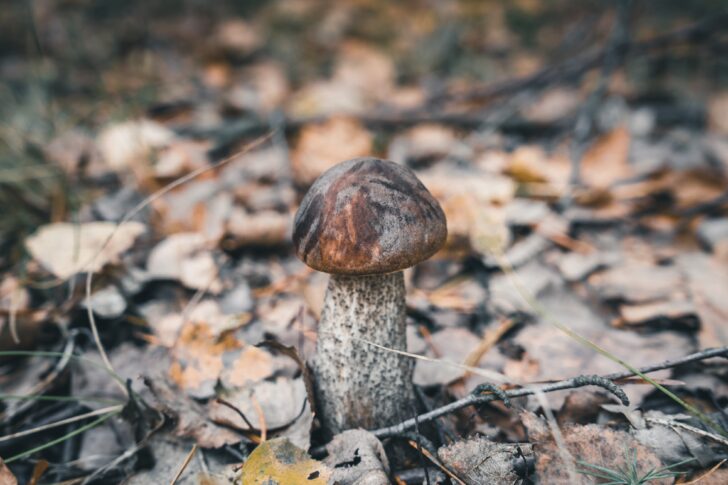
There are around 80 species of bolete in the UK, with the porcini perhaps most well-known, and many are edible*. Boletes tend to be found in forests and woodlands, beneath broadleaf and coniferous trees. They are a favourite of slugs and maggots as well as humans and are described as being earthy and meaty and full of nutrients and minerals.
*We don’t recommend picking or eating any fungi without the guidance of an expert.
Grey seals
September is the start of pupping season for grey seals and all around the coastline, fluffy white bundles will be born on rocky shores. There are two species of seal in the UK, grey and common, and the grey is the larger of the two.
It is thought that 95% of Europe’s grey seal population live around Britain, so they are common to see in coastal areas. They give birth to pups throughout the autumn and into winter and the babies are not water ready till they shed their white fur, known as lanugo. This white fur helps to keep them warm whilst they develop the blubber that makes them seaworthy, their mothers’ very fatty milk helping them to grow 2kg a day.
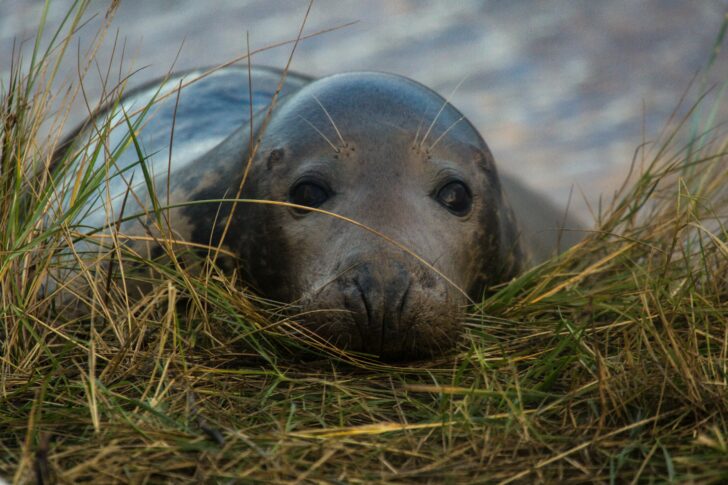
Pups will remain on the beach whilst their mother goes out to hunt for fish, returning to feed their youngsters. The pups’ large black eyes and soft coats may make them look very vulnerable and endearing, but they have sharp teeth and a nasty bite. After around three weeks they will be weaned off mum’s milk and head to sea to learn how to hunt fish for themselves.
Always keep your distance from seals and beaches where they might be hauled out – lone pups may be being watched by mum from the water and if she sees humans approaching, she may decide it’s too risky to return to her little one and abandon it.
About the author
Alexandra Pearce-Broomhead is a writer and occasional Guardian Country Diarist from Cornwall. She writes about nature and place, and the human relationship with both. Her work has also been featured on BBC Wildlife and BBC Countryfile.
